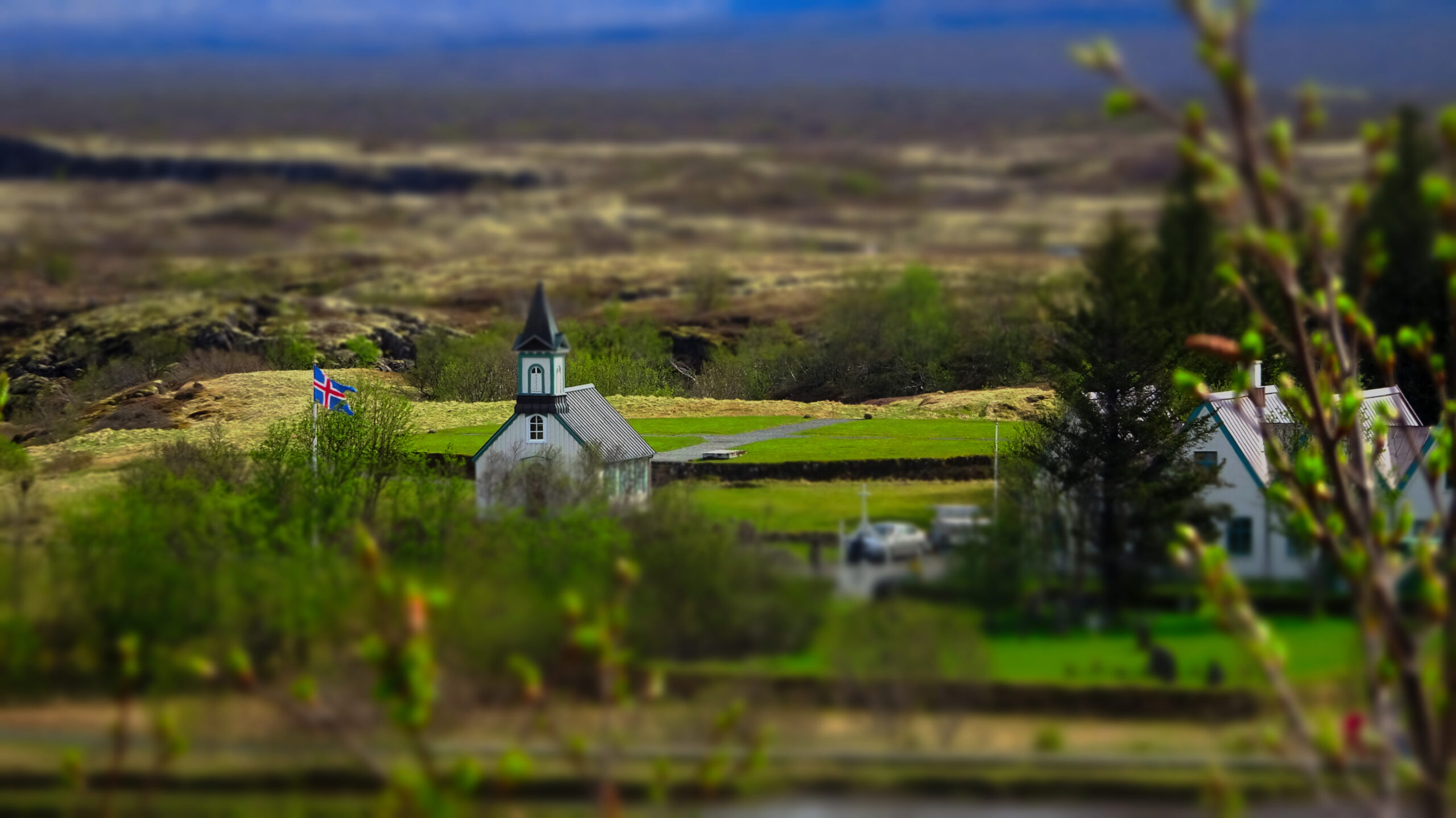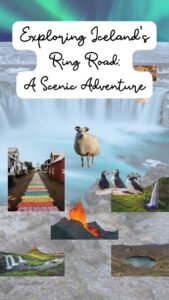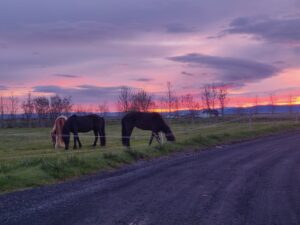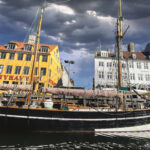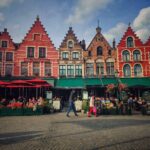Land of fire and ice
Iceland
Iceland, a captivating island country in the North Atlantic, is a land of mesmerizing contrasts. Its extraordinary geography boasts volcanic eruptions, geysers, and massive glaciers. The famous Ring Road, also known as Route 1, circles the entire island, offering a remarkable journey through some of the world’s most stunning landscapes. The Golden Circle, a popular tourist route, takes you to three iconic natural wonders near Reykjavik: Þingvellir National Park, known for its geological significance and the Silfra Fissure; the Geysir geothermal area with its erupting geysers; and the powerful Gullfoss waterfall. With a small and welcoming population, Iceland is an adventurer’s paradise, offering the chance to explore unique environments and experience the Northern Lights, all while embracing a commitment to clean energy and sustainability.
Things to See and Do in Iceland
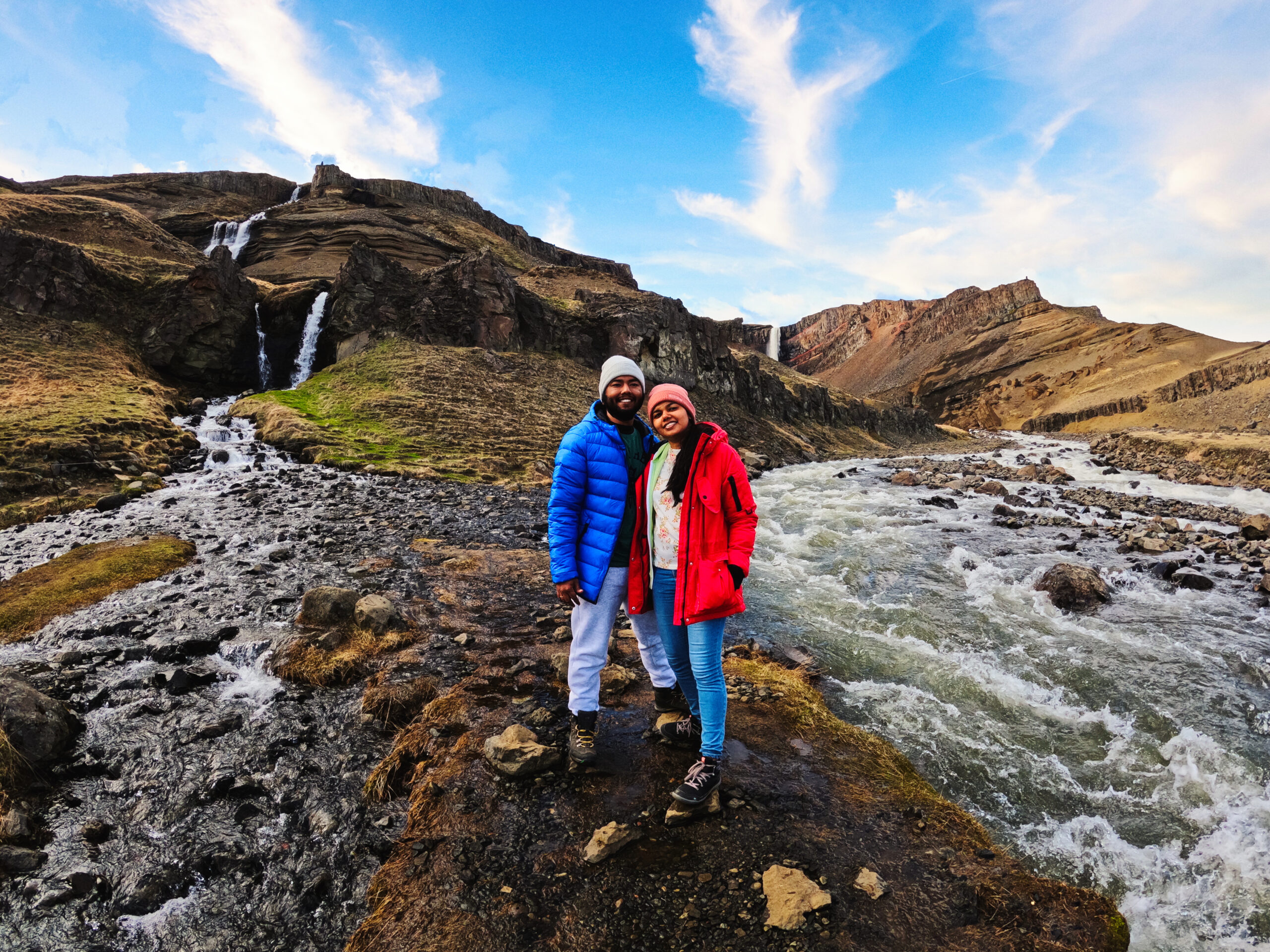
“On the way to Hengifoss”
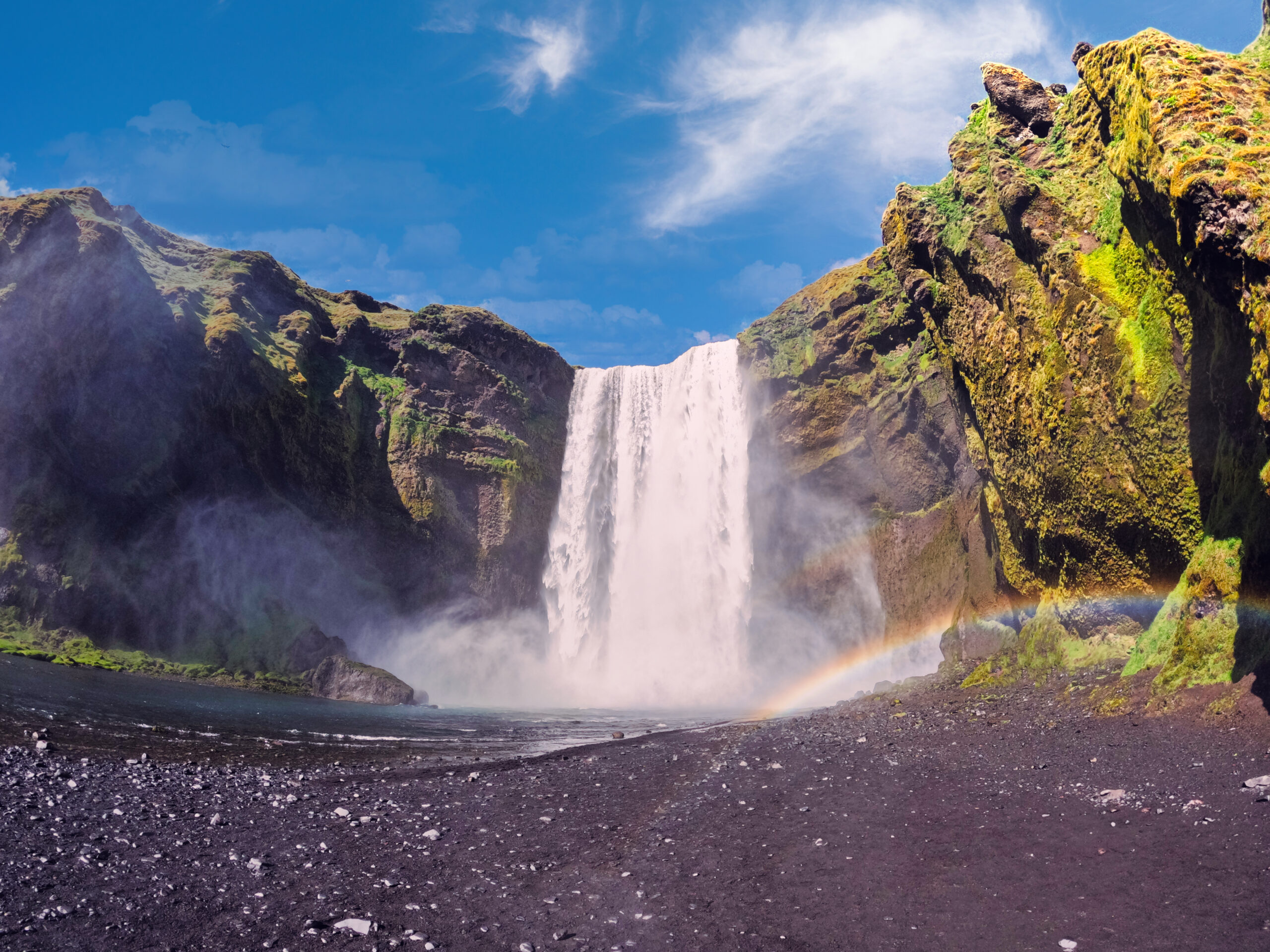
“ The Beautiful Seljandsfoss”
Typical Costs When Travelling
Accommodation:
- Hostels: Hostels are budget-friendly options, with dormitory beds costing around $30 to $50 USD per night.
- Guesthouses: Guesthouses and budget hotels typically range from $80 to $150 USD per night.
- Mid-Range Hotels: Expect to pay around $150 to $250 USD per night for mid-range hotels.
- Luxury Hotels: High-end hotels and resorts can cost $300 USD or more per night
Food:
- Fast Food: A fast-food meal can cost around $10 to $15 USD.
- Casual Dining: Dining at a mid-range restaurant may cost $25 to $50 USD per person, excluding drinks.
- Fine Dining: Fine dining restaurants can be quite expensive, with prices often exceeding $100 USD per person.
- Grocery Shopping: To save money, consider buying groceries at supermarkets. A week’s worth of groceries might cost around $70 to $100 USD.
Transportation:
- Renting a Car: Renting a car is a popular option for exploring Iceland. Rental car prices vary, but a basic economy car can cost $50 to $100 USD per day.
- Public Transportation: Buses and domestic flights are available, but these can still be relatively expensive, with bus fares within Reykjavik costing around $3 to $5 USD.
- Gasoline: Fuel is relatively expensive, with prices around $2.50 to $3.50 USD per liter (as of my last knowledge update in 2021).
- Tours and Excursions: If you choose to go on guided tours and excursions to explore Iceland’s natural wonders, prices can vary widely but expect to pay from $50 to $300 USD or more per tour.
Activities and Attractions:
- Entrance fees to national parks, museums, and tourist sites can vary, but budget around $10 to $20 USD per attraction.
- Adventure activities like glacier hikes, ice cave tours, and whale watching can range from $100 to $300 USD or more.
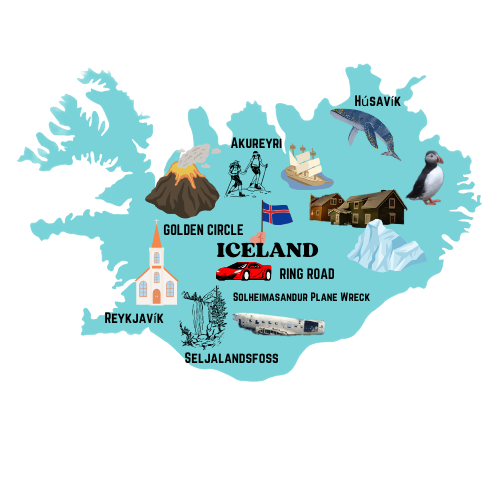
To save on costs, consider booking accommodations and activities in advance, self-catering when possible, and using local transportation options to explore the country. Additionally, bringing some travel essentials, such as a reusable water bottle and snacks, can help you manage your expenses.
Money Saving Tips
October 15, 2023



